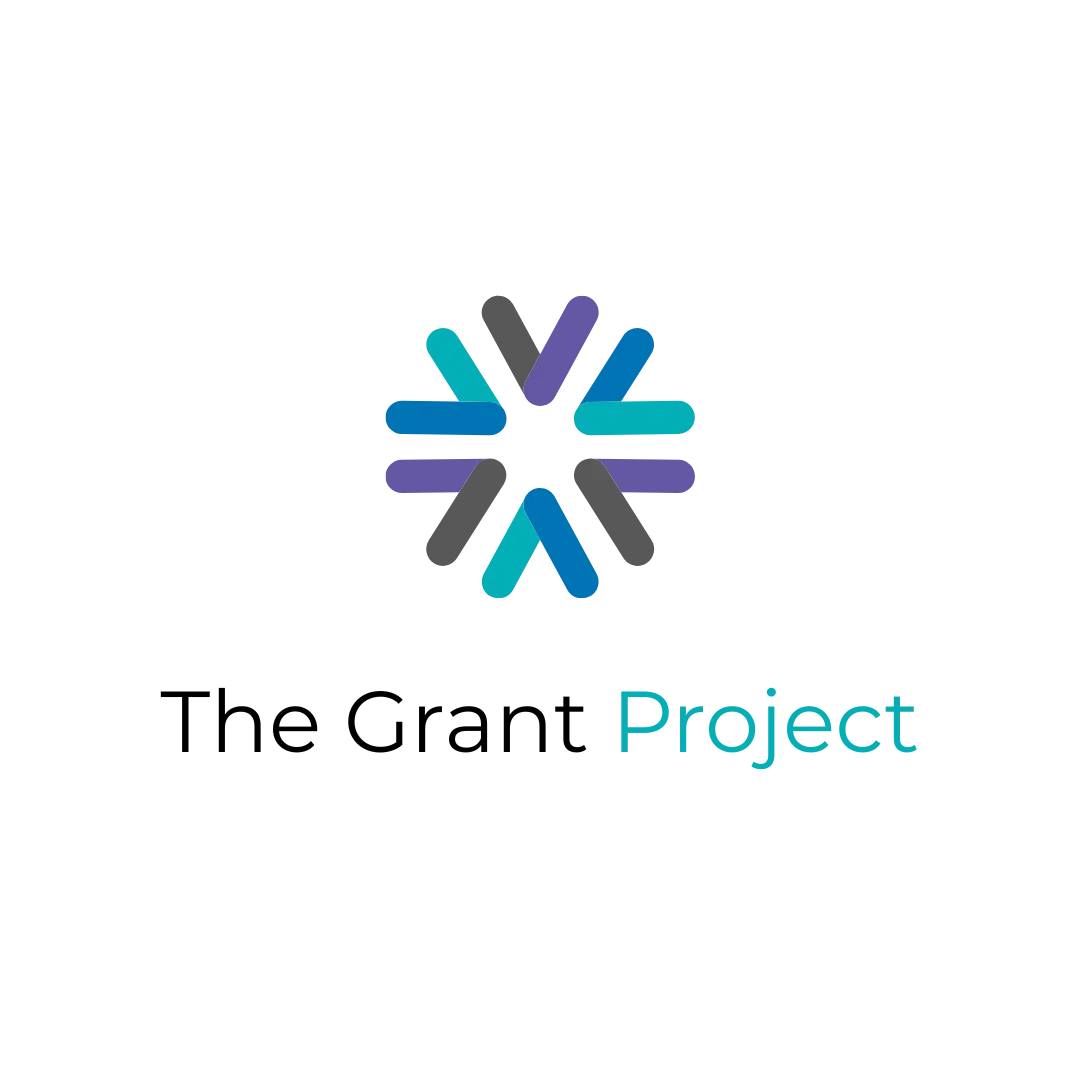
What Are Donor Advised Funds, And Why Do They Matter
What Are Donor Advised Funds, and Why Do They Matter?
Donor-advised funds (DAFs) are now a central channel for philanthropic capital. For nonprofit leaders, understanding how DAFs operate, and how to engage them effectively, is essential to building diversified, durable revenue.
What Are Donor-Advised Funds
A donor-advised fund is an irrevocable charitable account held by a sponsoring public charity (for example, community foundations and national sponsors such as Fidelity Charitable, Schwab Charitable, and Vanguard Charitable). Donors contribute cash or other assets to the sponsor, receive an immediate charitable tax deduction, and retain advisory privileges to recommend grants to IRS-qualified charities over time. The sponsor has legal ownership and final approval of all grants and manages administration, compliance, and investment of the assets. Donors may recommend grants anonymously and can sequence giving across years.
Key mechanics:
Contributions to a DAF are irrevocable charitable gifts to the sponsor.
Assets can be invested within the DAF; any investment growth remains for charitable purposes.
Grants are recommended by the donor and approved and disbursed by the sponsor to eligible charities.
Sponsors charge administrative and investment fees and set grantmaking policies.
How DAFs Function: Donor and Nonprofit Perspectives
From the donor perspective:
Timing and tax planning: Donors can make a single, tax-deductible contribution in a high-income year and recommend grants over time.
Asset flexibility: DAFs accept appreciated securities and, at many sponsors, complex assets (e.g., private business interests), simplifying liquidation for charitable use.
Administrative efficiency: The sponsor handles receipting, due diligence, and grant processing, consolidating recordkeeping.
Strategic giving: Donors can research, pace, and structure giving (including recurring or multi-year recommendations) without establishing a private foundation.
From the nonprofit perspective:
Gift processing: DAF grants arrive from the sponsor, not the individual donor. Acknowledgments should follow sponsor instructions while stewarding the recommending donor when identified.
Data and tracking: Record both the sponsor (gift source) and the recommending donor (relationship owner) in your CRM for accurate attribution and stewardship.
Donor preferences: Be prepared for anonymity. Tailor recognition and reporting accordingly.
Frictionless pathways: Provide clear guidance for DAF giving on your website (EIN, legal name, mailing address) and link to common sponsors or DAF portals to reduce barriers.
The DAF Landscape: Scale and Growth
DAFs represent a significant and growing share of U.S. giving:
Grants to charities from DAFs totaled approximately $54.77 billion in 2023—about 10% of total U.S. charitable giving—with an estimated payout rate near 24%.
Charitable assets held in DAFs reached roughly $251.52 billion in 2023, up nearly 10% year over year.
Contributions into DAFs were about $59.43 billion in 2023, reflecting a market-driven decline from 2022 after record inflows in 2021.
The number of DAF accounts grew to approximately 1.78 million, with an average account size of about $141,000.
Major sponsors (Fidelity Charitable, Schwab Charitable, Vanguard Charitable) and hundreds of community foundations facilitate a large share of this activity.
Taken together, these indicators point to sustained prominence of DAFs in the philanthropic ecosystem and continued visibility to nonprofits across issue areas and geographies.
Strategic Implications for Nonprofit Leaders
Portfolio diversification: Treat DAFs as a core revenue channel alongside major gifts, foundations, and government grants.
Pipeline development: Many DAF donors are pre-committed to giving and capable of multi-year support. Integrate DAF prospects and existing recommending donors into major gift portfolios.
Stewardship at scale: Build protocols for acknowledging sponsor-issued grants while stewarding the recommending donor with impact reporting and tailored recognition.
Operations readiness:
Publish a DAF giving page with your legal name, EIN, and mailing address.
Enable DAF-friendly donation pathways (links to major sponsors or DAF portals).
Configure your CRM to capture both sponsor and donor records and to track recurring DAF grants.
Train staff on anonymity, receipting, and reporting nuances.
Case for support: Provide specific, outcomes-focused funding opportunities suitable for DAF grants (unrestricted operations, programmatic investments, and reserves where appropriate).
DAFs in a Volatile Funding Environment
DAFs allow donors to contribute during strong financial years and recommend grants when needs intensify, creating countercyclical capacity that can stabilize nonprofit cash flow. As public funding becomes more competitive and timelines lengthen, DAFs offer speed, flexibility, and repeatability that complement grants and contracts.
Practical Next Steps
Identify and code DAF gifts in your CRM; link sponsor accounts to donor households for accurate stewardship.
Add clear DAF instructions and sponsor links to your website and acknowledgment templates.
Include DAF language in appeals and proposals (e.g., “We welcome donor-advised fund grants”).
Coordinate with local community foundations and national sponsors to ensure your profiles are current and complete.
Offer concise impact reporting and options for recurring or multi-year support via DAFs.
Bottom Line
DAFs are a permanent fixture of the funding landscape, channeling roughly one in ten charitable dollars and growing in assets, accounts, and grant volume. Executives who understand how DAFs work, and align operations, stewardship, and strategy accordingly, will be better positioned to secure diversified, sustainable funding. Make DAF readiness a standard part of your development infrastructure and integrate DAF engagement into your major gifts strategy to capture this evolving, high-potential source of philanthropic capital.
Ready to transform your nonprofit or local government's approach to grant funding? Subscribe to The Grant Project Newsletter below for expert insights, funding opportunity alerts, and proven strategies that help communities secure the resources they need to thrive.

